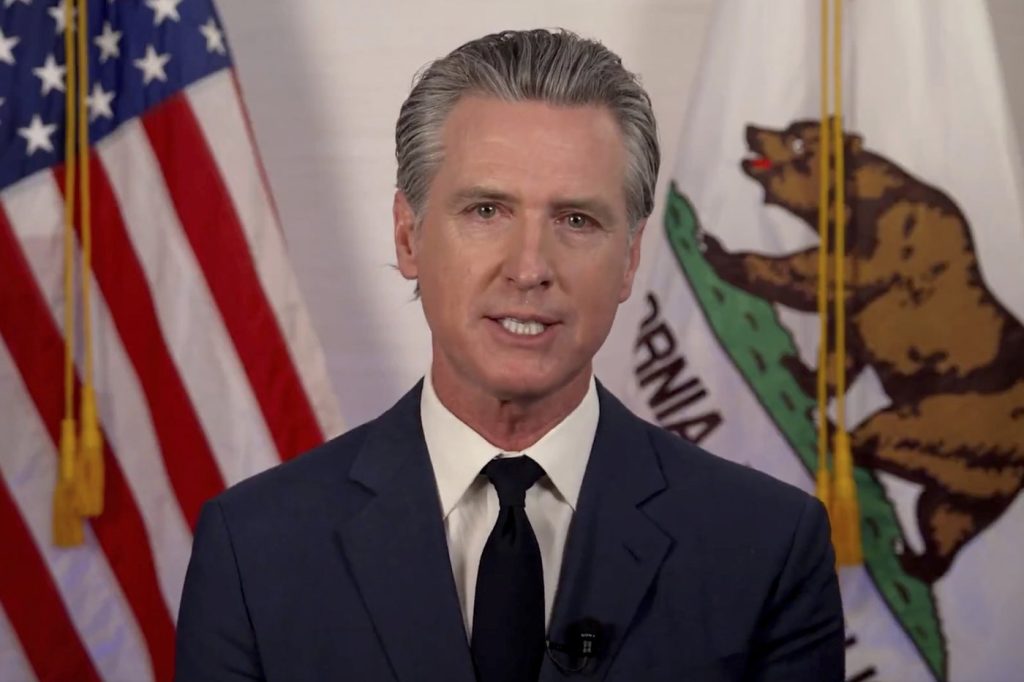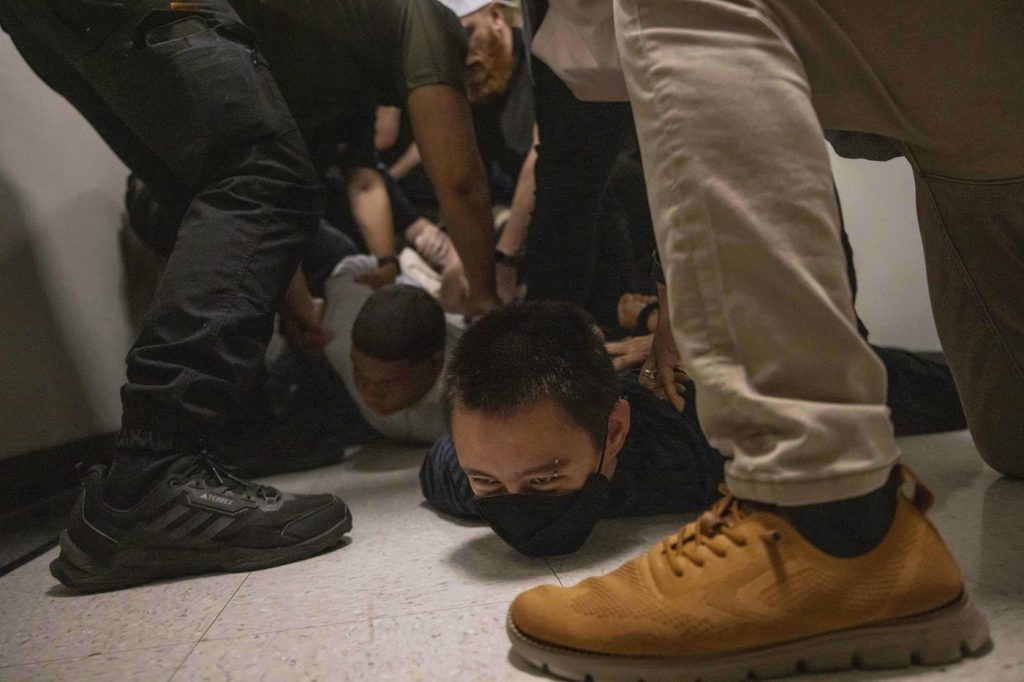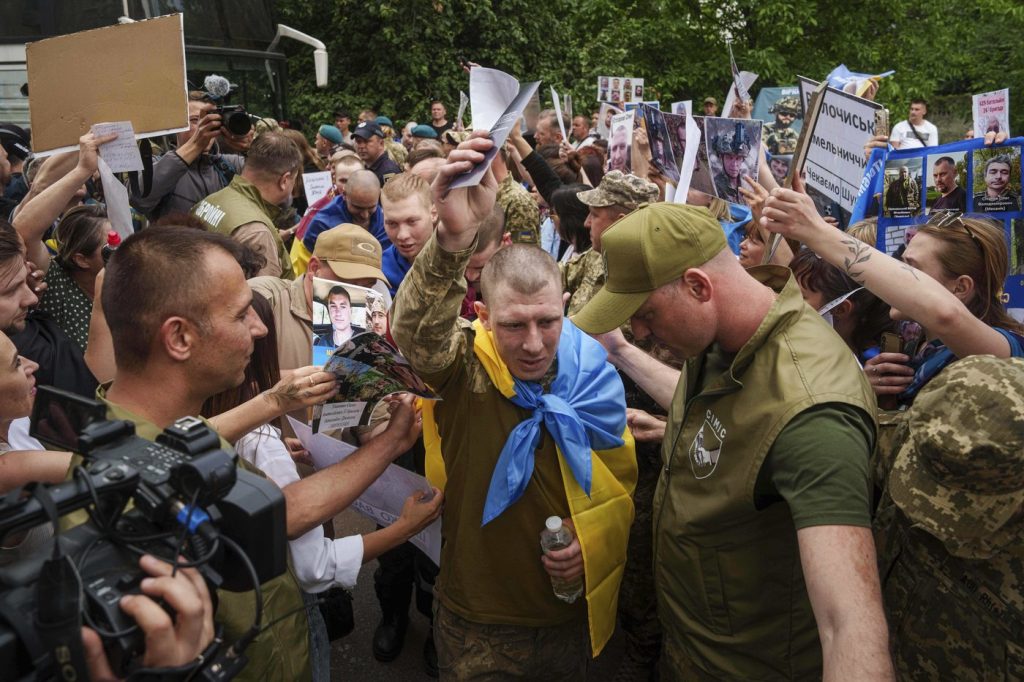LOS ANGELES (AP) — On Tuesday, Los Angeles leaders instituted a downtown curfew amid ongoing protests against President Donald Trump's immigration policies, which have intensified over the past week. This decision came as the presence of National Guard troops increased in the area, with some deployed to protect federal immigration agents during arrests. Democratic Governor Gavin Newsom sought a court injunction to stop military personnel from assisting federal agents, warning that such actions could escalate tensions and lead to greater civil unrest.
The legal proceedings did not deliver an immediate ruling, allowing federal activities to persist until a hearing on Thursday. The deployment of National Guard members is seen as a significant shift towards their involvement in law enforcement and immigration enforcement actions, a move Trump has indicated would be part of his broader immigration agenda.
Currently, over 4,000 National Guard members have been activated in Los Angeles, alongside 700 Marines, although the latter have yet to be seen on the streets. Originally, these troops were dispatched to secure federal buildings, but their role has evolved amidst these protests. As the curfew commenced, police helicopters monitored the downtown area, urging individuals to vacate as riot police formed barriers around protesters. Most participants dispersed, although some resisted the orders to leave.
Mayor Karen Bass declared a state of local emergency, citing the necessity of the curfew from 8 p.m. to 6 a.m. due to the looting of 23 businesses. The curfew zone encompasses a one-square-mile area in downtown Los Angeles, which has been the epicenter of protests since they erupted last Friday. Important to note, city officials stated that the curfew would not affect local residents, media, homeless individuals, or emergency personnel.
The increase in unrest since the weekend prompted police Chief Jim McDonnell to assert that the curfew was a critical measure to safeguard lives and property. He noted that unlawful behavior had surged, with police reporting 197 arrests on Tuesday alone, primarily for failing to disperse, as well as some arrests related to assault and looting. The majority of protests have remained peaceful, yet clashes with law enforcement have occurred, resulting in injuries to several officers.
President Trump has indicated a willingness to invoke the Insurrection Act, which permits the military to be deployed domestically to suppress civil disorder. He referred to protesters in harsh terms during public statements, creating further controversy regarding his administration's stance on the ongoing protests.
Meanwhile, protests extended beyond Los Angeles to other U.S. cities, including Dallas, Austin, Chicago, and New York, where thousands gathered and multiple arrests were documented. As authorities continue to monitor these demonstrations, many in California and beyond are expressing concern over the escalation of immigration enforcement activities, with reports of ICE operations occurring within community spaces such as libraries and shopping centers.
The situation remains fluid and tense, with officials warning that the protests and the administration's responses to them could continue to evolve in the coming days and weeks. The ongoing dialogue between state leadership and federal authorities underscores the complexities presented by immigration policy and civil rights in current U.S. society.












